The day after Janssen Hang officially purchased the 155-acre farm south of Saint Paul, Minnesota, that his organization—the Hmong American Farmers Association (HAFA)—had been renting for years, a HAFA member skeptically asked him if it was real. Would he really have a guaranteed plot of land for decades? Would he no longer have to worry about where he would grow produce to support his livelihood years from now?
Once Hang assured him that it was indeed real, the farmer couldn’t wait to share the plans he’d been carefully developing for years: where he would grow perennials, where he would plant new types of fruit trees he’d been wanting to try out, and when he would hand over control of his land to his children.
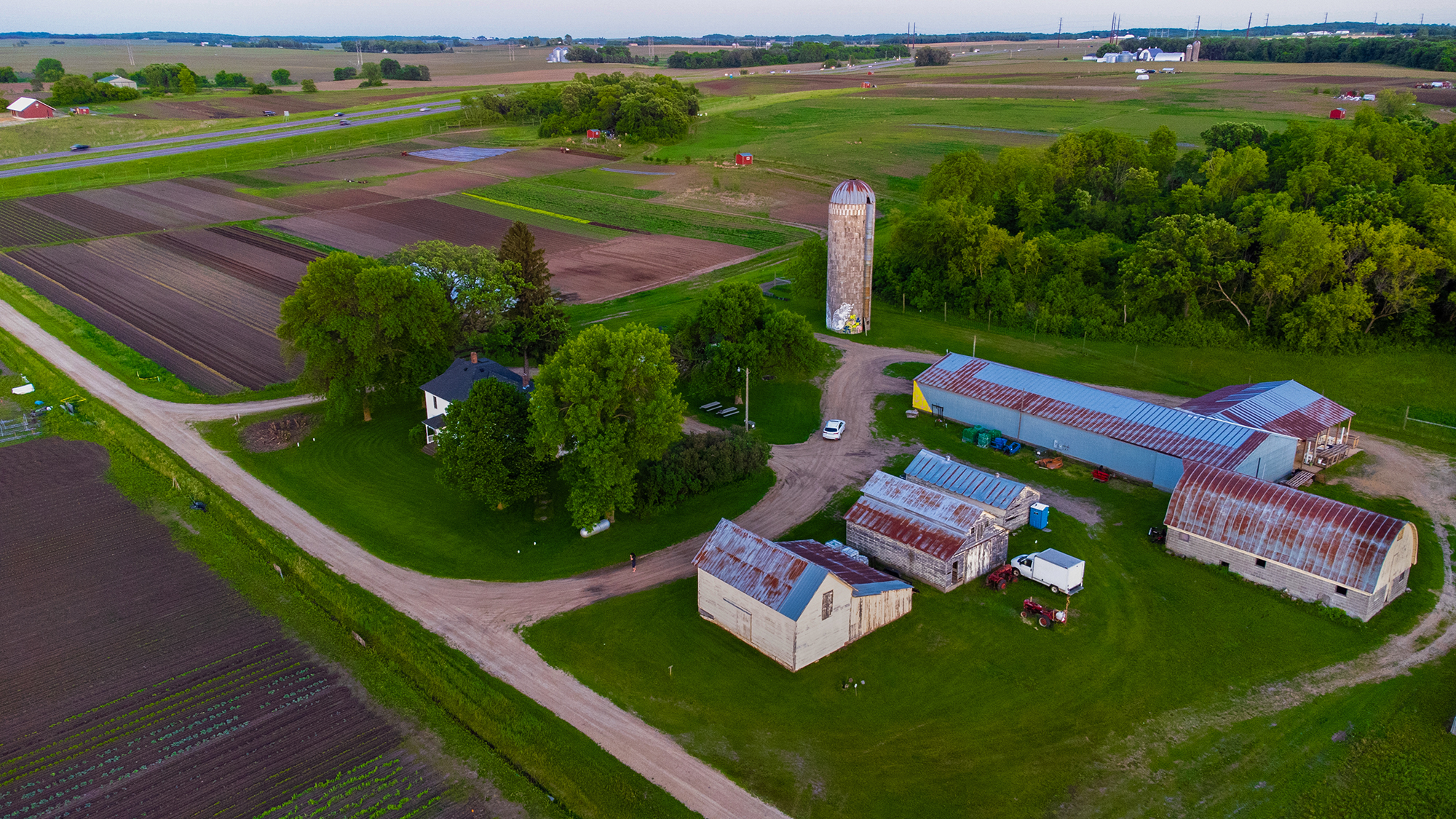
“This is a movement toward building intergenerational community wealth,” said Hang, the cofounder and executive director of HAFA. “Land is opportunity. It’s a stepping stone for how farmers perceive themselves and their futures.”
A group of Hmong American farming families created HAFA in 2011 to change how the traditional food system operates, centering equity in both who is growing food and who is consuming it. Hmong farmers—a community with a long history in the Twin Cities’ agriculture industry—lead the organization, while HAFA provides both the area’s Hmong community and residents of the broader region access to fresh produce to help improve their health, well-being, and connection to food.
By supporting the livelihoods of Hmong farmers, investing in the health and wealth of the next generation of Hmong Americans, and partnering with community-based organizations serving marginalized groups across the Twin Cities, HAFA is working to advance intergenerational wealth and create a more just food system. HAFA’s efforts show how community-led organizations can drive transformational change by taking a holistic and equity-driven approach to their work.
“We are focusing on community buy-in to build a vibrant ecosystem around food and farming, and from there we can address larger systemic barriers that other immigrant and BIPOC communities across the country are also facing. None of this lives in a vacuum. We can all learn from each other to build a better food system,” Hang said.
Promoting intergenerational wealth-building for farmers and their families
HAFA’s work builds on a long history of farming in the Hmong community, an ethnic group originating in China and Southeast Asia. As thousands of Hmong people moved from Laos and Thailand to Minnesota as refugees after the Vietnam War in the 1970s, many returned to their farming roots to make a living. Today, the Twin Cities are home to the largest concentration of Hmong people in the US, and Hmong farmers make up more than half of all farmers at the metro area’s farmers markets.
But these immigrant farmers also faced challenges that prevented them from earning as much as established white farmers in the area, according to Hang, including language barriers and a lack of access to land, training, and credit to grow their businesses. HAFA aims to fill those gaps by renting HAFA-owned land plots on its Vermillion Township farm to Hmong farmers, expanding market opportunities through community supported agriculture (CSA) programs, and offering business development and other trainings.
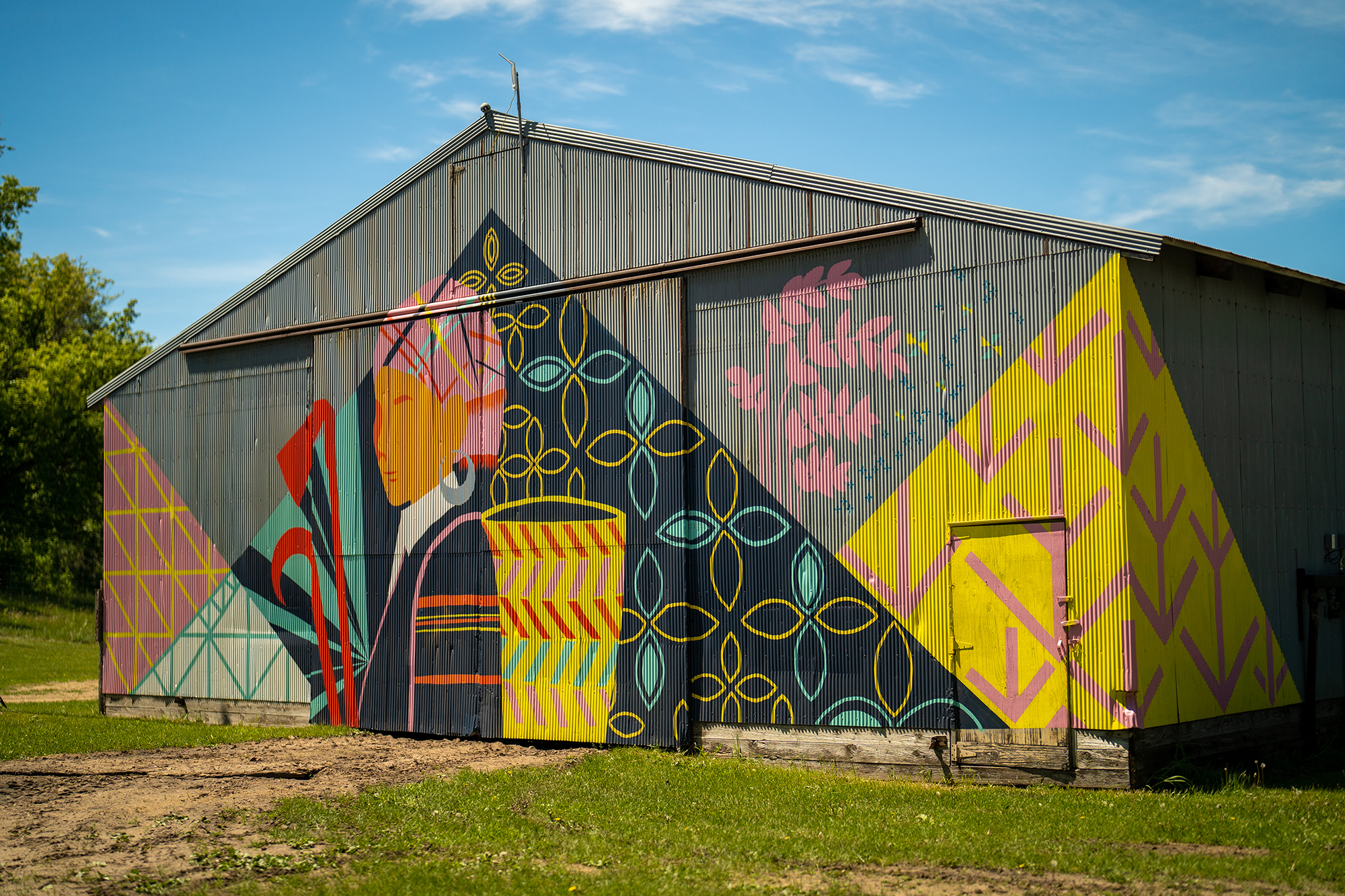
The organization centers farmers’ perspectives in all decisionmaking, ensuring members have what they need to build thriving businesses and support their families. Under HAFA’s cooperative model, farmers rent land plots from the organization for the season and they collaborate with HAFA to decide which crops and how much each farmer will grow. HAFA works with each farmer to set up a produce contract, negotiating amounts and prices of crops that farmers can successfully grow and options for experimental produce. Many HAFA farmers grow traditional Hmong, Karen, and Burmese produce—such as bitter melon, long beans, and lemongrass—in addition to more common American produce.
Farmers can sell their produce individually at farmers markets, but HAFA also has a food hub where farmers can aggregate their produce, often into CSA programs, and get paid upfront. This provides a stable guaranteed income source for farmers and offers them an opportunity to diversify their income source beyond the precarity of relying only on farmers markets.
“During COVID there was a 50 percent drop in consumers coming to the farmers markets, so that meant a 50 percent drop in revenue,” Hang said. “By creating alternative markets, HAFA has built farmer self-sufficiency, because now they have complete autonomy over their operation—where they want to go, who they want to sell to, how they want to charge for produce so that it’s fair.”
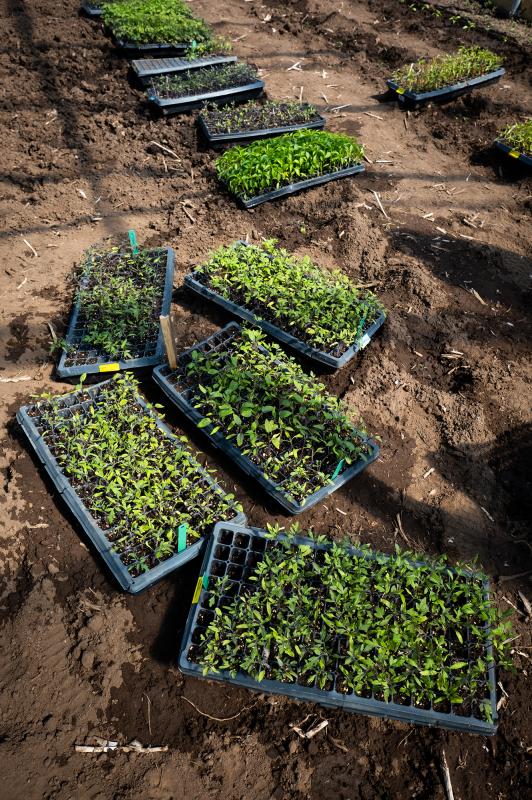
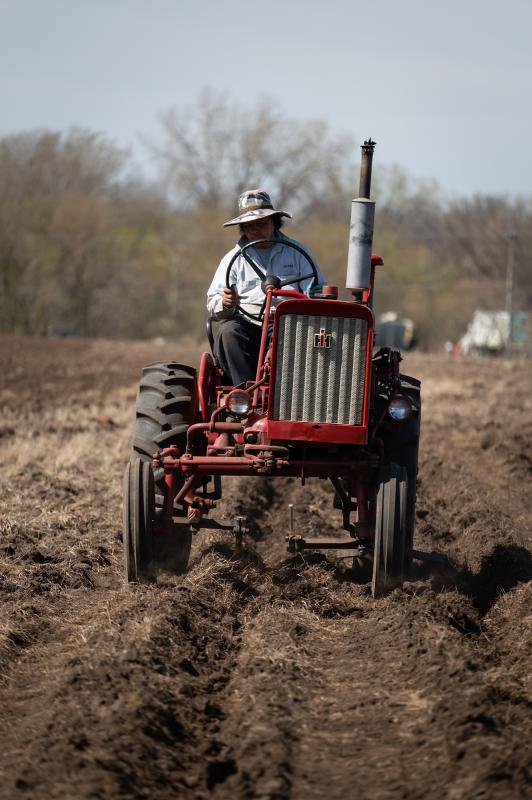
As a result of HAFA’s programs, farmer members’ incomes are higher than other farmers in the area. And Hang hopes those benefits go beyond supporting the current generation of farmers, but also that they create intergenerational wealth and encourage the next generation of Hmong Americans to pursue farming or related culinary careers as they grow up.
“We want to show that shooting for the moon is possible. Where this generation of farmers’ parents didn’t see a long-term vision, I hope that in the future we have a new iteration of Hmong farmers stepping in,” he said. “We have this land available not just to the next generation of Hmong farmers, but to the future generation of immigrant minorities who can use this farm as a pilot and a pathway.”
By building pathways for Hmong farmers to develop successful business operations that align with their own goals and desires, HAFA aims to create a more equitable and just system for current and future generations of farmers who play a major role in the area’s food economy.
Supporting healthy food access for the broader Twin Cities community
Beyond focusing on the people who produce food, HAFA also centers equity in its approach to who receives the food from its member farmers. The organization’s CSA programs and community partnerships, many of which are supported by Walmart Foundation funding, ensure other groups in the Twin Cities area who have faced barriers to food security—including the broader Hmong community, other immigrant groups, and other people of color—have access to healthy produce.
“Our farmers can use their skillsets to give back to and feed their own communities and others around them, which is very rewarding,” Hang said.
To support the next generation of Hmong Americans in the Saint Paul area, HAFA works with Hmong women–owned child care programs to donate produce from their farmers’ food hub to Hmong children in low-income communities.
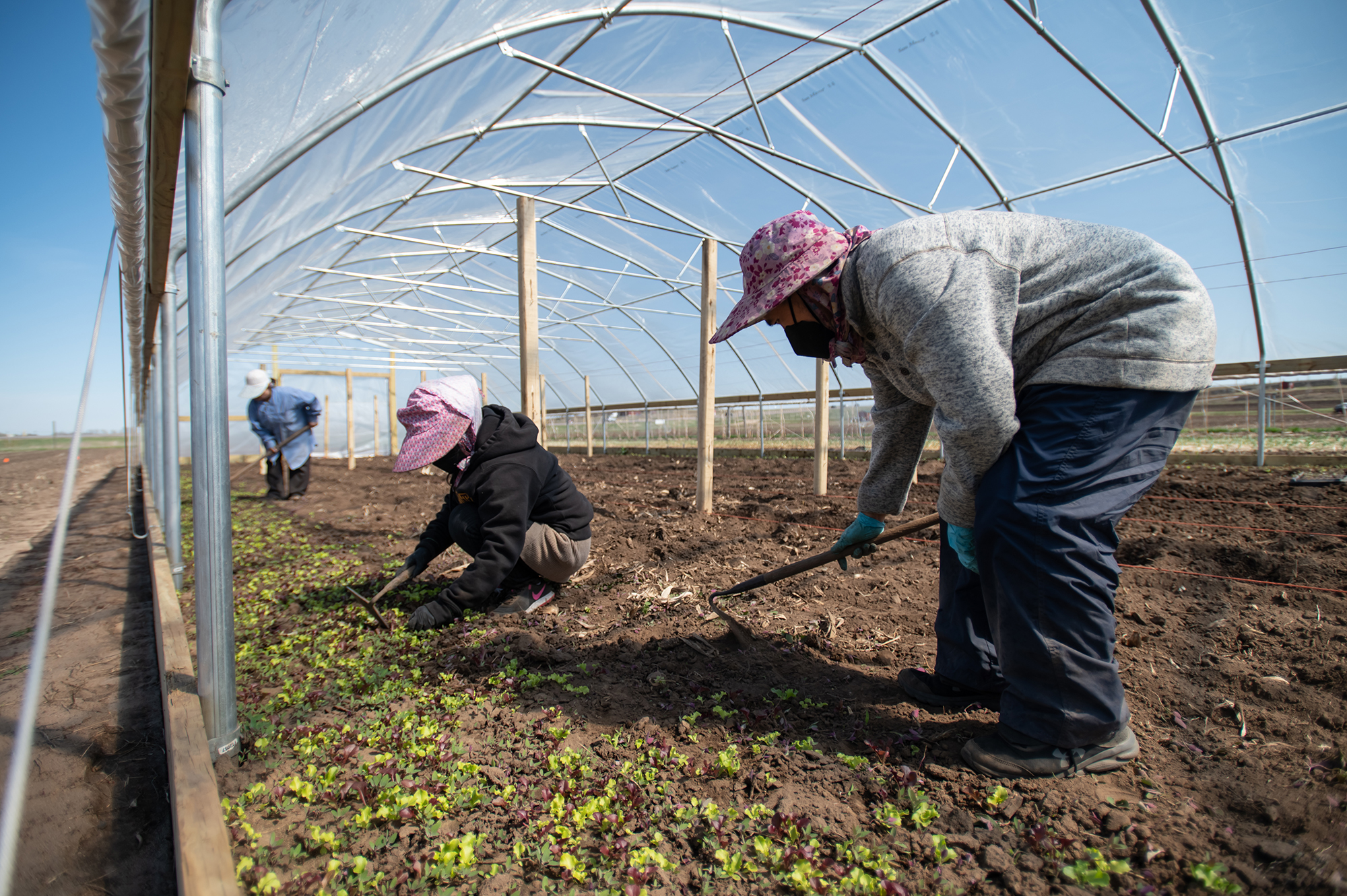
These partnerships help providers afford healthy food for the children they serve, and they introduce fresh produce to younger children so they are more likely to consume fresh fruits and vegetables when they get older. HAFA also provides technical assistance to help Hmong child care providers access the Child and Adult Food Care Program, which is the only federal program that subsidizes food in child care settings but is traditionally less accessible for home-based child care providers and those whose primary language is not English.
In addition to serving the Hmong community, HAFA also partners with established community-based organizations to support access to healthy food for other people of color, refugees, immigrants, and people with low incomes in the broader Twin Cities region—groups who are also disproportionately likely to face food insecurity—through CSA programs. This approach disrupts the traditional CSA model, which is generally marketed to more affluent consumers who are less likely to be food insecure and can more easily afford the costs.
Instead, HAFA partners with anchor institutions, such as the Healing Community Food Drive and the Kenyan Community Seventh-Day Adventist Church, that have existing relationships with community members who are more likely to experience food insecurity. As part of the CSA partnership agreements, the partnering institution and grant funding pay for the produce boxes from the HAFA farmers so that food-insecure residents can receive regular deliveries of fruits and vegetables for free.
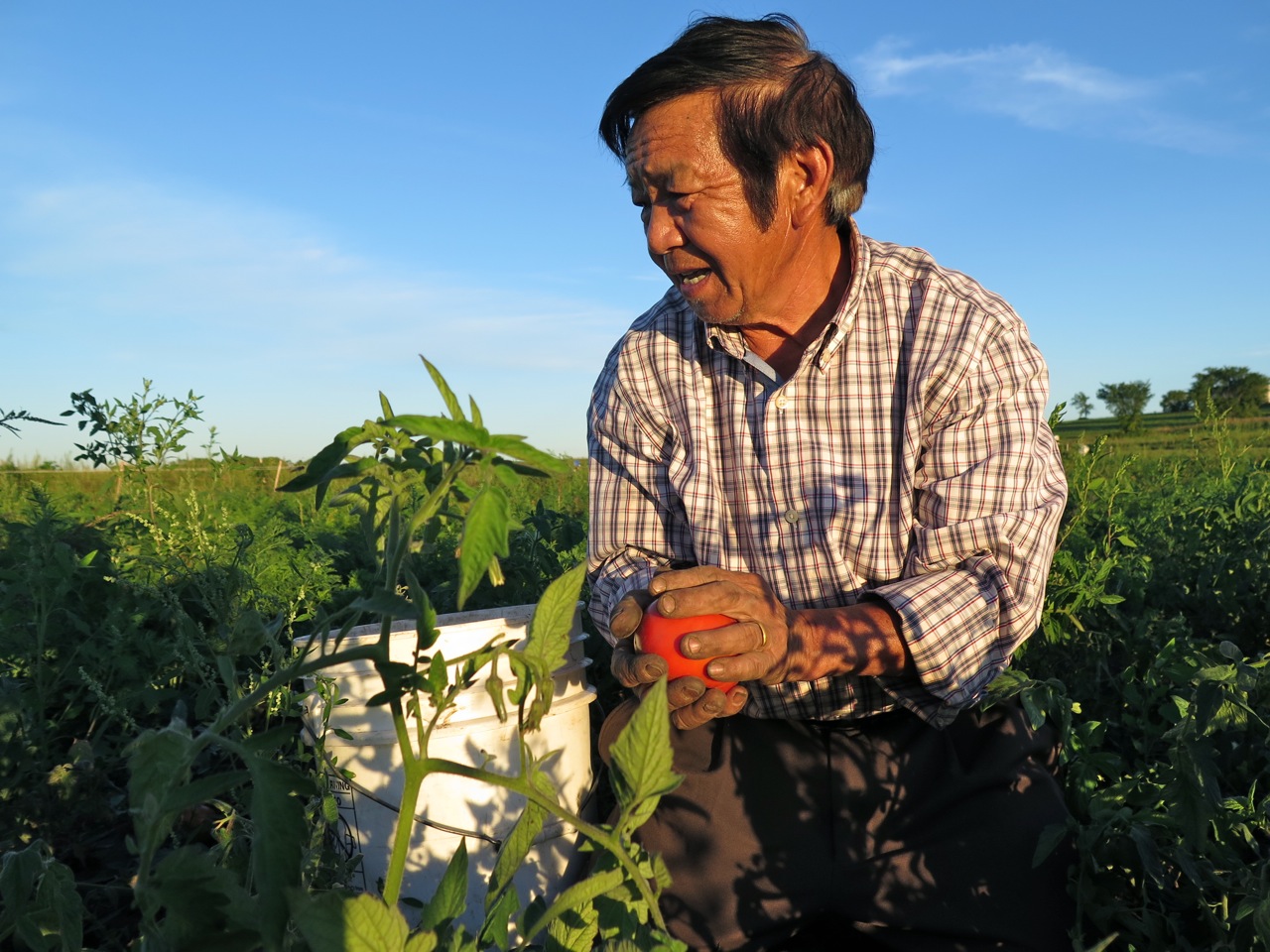
One of those community-based partnerships is the Veggie Rx program, an initiative operated by the M Health Fairview clinic system. Veggie Rx aims to identify food insecurity in patients and use healthy food—provided by HAFA and other local farms—as an avenue to address chronic health conditions. HAFA is embedded in five M Health clinics that serve large numbers of immigrants and refugees.
As part of the program, doctors can prescribe participation in the Veggie Rx program to food-insecure patients with chronic health issues like diabetes. M Health Fairview partners with a local logistics company to deliver CSA boxes, which include enough food for at least six meals, to their homes weekly. Veggie Rx removes the barriers of affordability and accessibility from people’s efforts to access fresh food, and its partnership with HAFA provides culturally relevant foods to Hmong, Karen, and Burmese participants.
Since M Health launched the Veggie Rx program in partnership with HAFA in 2015, HAFA now serves 124 program participants. Patients have seen improvements in blood sugar levels, a greater desire to try new foods, and higher levels of trust in their health care providers. Participants told their doctors the food boxes allowed them to eat more nutritious foods multiple times a week, and to avoid having to choose between paying for food or for utilities. These types of improvements can have a significant impact on the broader health system, from patients to providers, to the community as a whole.

Dr. Jim Letts, a physician involved in Veggie Rx, said of the program, “If you literally have nothing to offer [patients] time after time, there's a lot of powerlessness involved in that. To have our physicians be able to see a patient struggling and say, ‘Hey, I've got a real solution for you. We can offer you something that's tangible and immediate and is proven to really help.’ It's just empowering for physicians and it's great to see the smiles on the faces of the patients, and I think it honestly reduces physician burnout.”
Hang noted that beyond improving people’s access to a healthy diet, the Veggie Rx program also helps community members feel more connected to their food and where it comes from. Each year, HAFA hosts an annual farm dinner where program participants can visit the farm and learn more about how their food is grown.
“While this is an avenue to support our farmers and reconnect our farmers to the community they live in, it also has an impact on how patients perceive themselves and the world around them,” Hang said. “They can really see firsthand where the produce is being grown and meet the individual growing it.”
Terese Hill, supervisor of community advancement food systems strategy at Fairview Health Services, added that the Veggie Rx program’s successes show what’s possible when all parts of the food system work together to achieve a common goal.
“Systems are always made of people and the relationships between those people, whether it’s between us and the farmers talking about how many shares we need, or all the drivers who coordinate and physically hand [participants] the food, or us talking to the providers,” Hill said. “It’s all of those networks of connections and of people understanding the issues, listening to them, and really, really caring about them that I think is fundamentally what makes this sustainable.”
Sharing lessons to improve food systems across the country
HAFA’s work to support Hmong farmers and improve food access for Twin Cities residents demonstrates how investments in programs that take an equitable approach can have far-reaching impacts for a broader community’s food system.
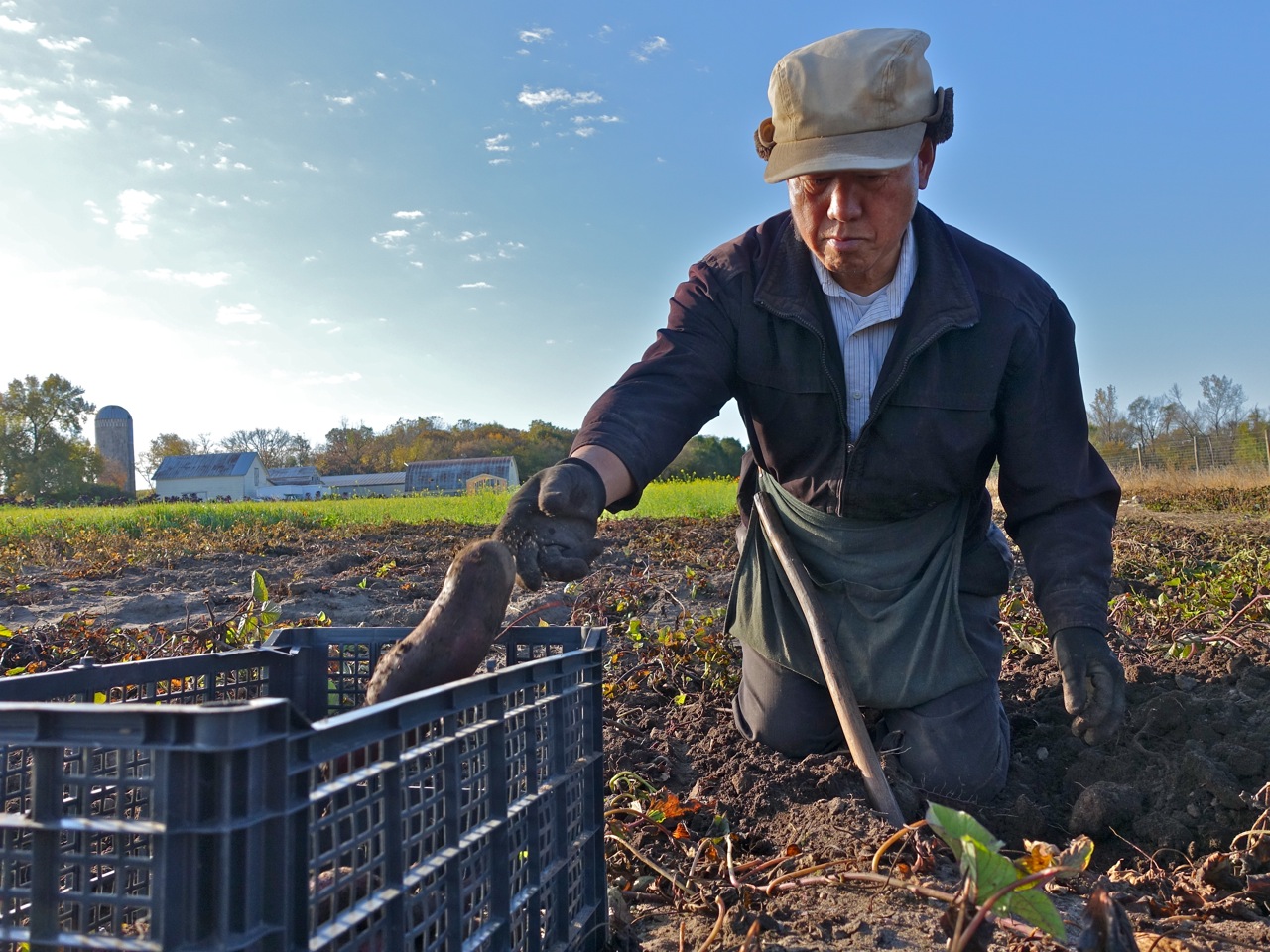
The organization’s successes have stemmed from its focus on building relationships with other trusted community-based organizations, treating people with dignity by removing barriers to healthy food, keeping delivery operations local to support small businesses and create efficient delivery systems, and having a deep understanding of the places where it works and being sensitive to cultural relevance when serving new communities.
Other community-based organizations across the country—especially those led by and serving immigrants and communities of color—have taken note of HAFA’s model and impact, and Hang has received calls from farmers associations across the country interested in replicating HAFA’s approach.
“We are changing the way that organizations are thinking about how to create a sustainable farming operation. We need to take a holistic view. It’s not just about land access. It’s not just about markets. It’s not just about training. All those things need to be addressed simultaneously,” Hang said.
He hopes this collaboration across the country can advance food justice—with efforts always rooted in what the community wants and needs. “To get started, there has to be organizing to make sure you have buy-in from the community,” Hang said. “From there, we could really address larger systemic barriers and obstacles that all of our communities encounter.”
This story is part of a healthy food access project funded by the Walmart Foundation. We are grateful to them and to all our funders, who make it possible for Urban to advance its mission. The views expressed are those of the authors and should not be attributed to the Walmart Foundation or the Urban Institute, its trustees, or its funders. Funders do not determine research findings or the insights and recommendations of our experts.
We thank HAFA staff for their time and contributions to this project.
RESEARCH Catherine Kuhns, Olivia Fiol, and Emma Fernandez
DESIGN Rhiannon Newman
EDITING Alex Dallman
PHOTOGRAPHY Caroline Yang (www.carolineyang.com) and Hmong American Farmers Association (www.hmongfarmers.com)
PRODUCTION Jerry Ta
WRITING Emily Peiffer
See our project page to learn more about innovative healthy food access projects happening across the US.